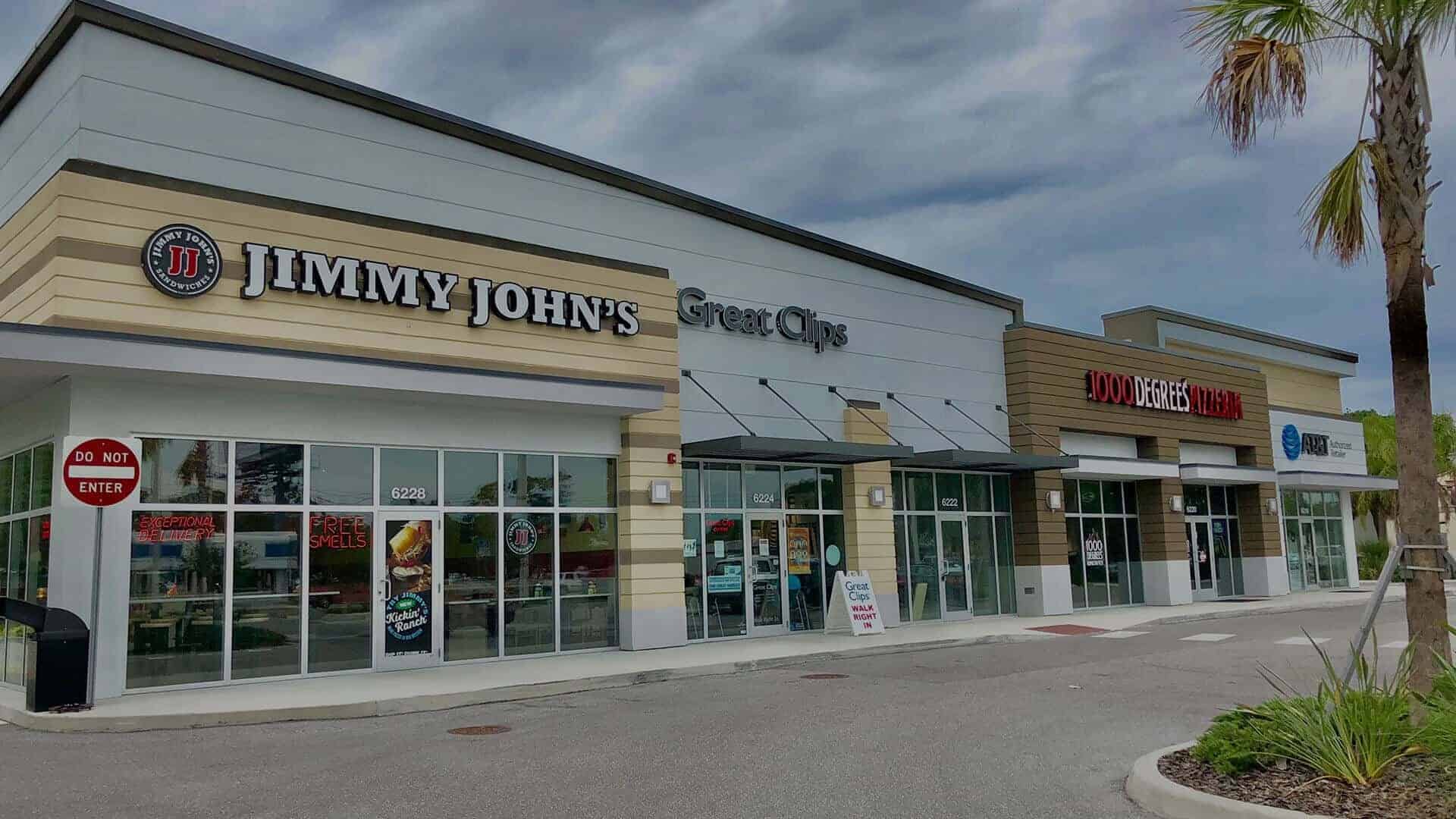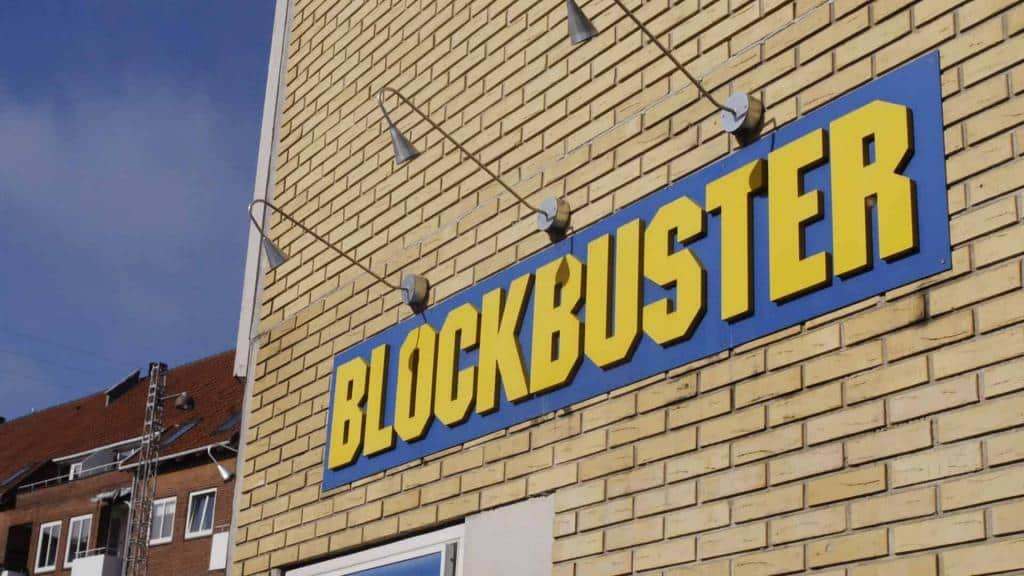The banking industry has changed tremendously over the last 10 years. From large rollout programs by different banks to capitalize on markets in establishing brand with a brick and mortar presence to purely technology driven initiatives with a turn towards focusing on efficiencies. As of late, here are the 5 bank branch trends occurring in the retail sector. Branch bank consolidation continues; 3,164 branches closed last year. The biggest institutions are closing the most branches; the 25 largest banks closed 1,777 branches. Even as branches close, deposits are growing; the amount of money deposited at branches grew 4.1 percent last year to $12.8 trillion. Banks are still branching out; the 25 largest banks accounted for a fifth of the 1,481 branches added in 2019, and regional and community banks opened the rest. Branches are getting smaller; most new branches measure 2,000 to 3,500 square feet, significantly less than the 5,000-to-7,000-square-foot branches of the past.
Bank Branches are typically located in markets with good underlying real estate positioned in a retail corridor served by healthy traffic counts. Landlords are typically presented with many options when it comes to refilling space left by former bank branches. The leading uses include fast causal restaurants, health clinics, convenience stores, dollar stores, boutique fitness, other financial services, amongst other retail uses. Well located vacant bank branches are often scooped up by other competing banks and financial institutions. Inline shopping center space and most favorably “end cap” opportunities are highly desired to be repurposed by restaurants, c-stores and health care clinics.
https://www.icsc.com/news-and-views/icsc-exchange/bank-branches-go-newer-and-smaller








About The Author: Jeff Dervech
More posts by Jeff Dervech